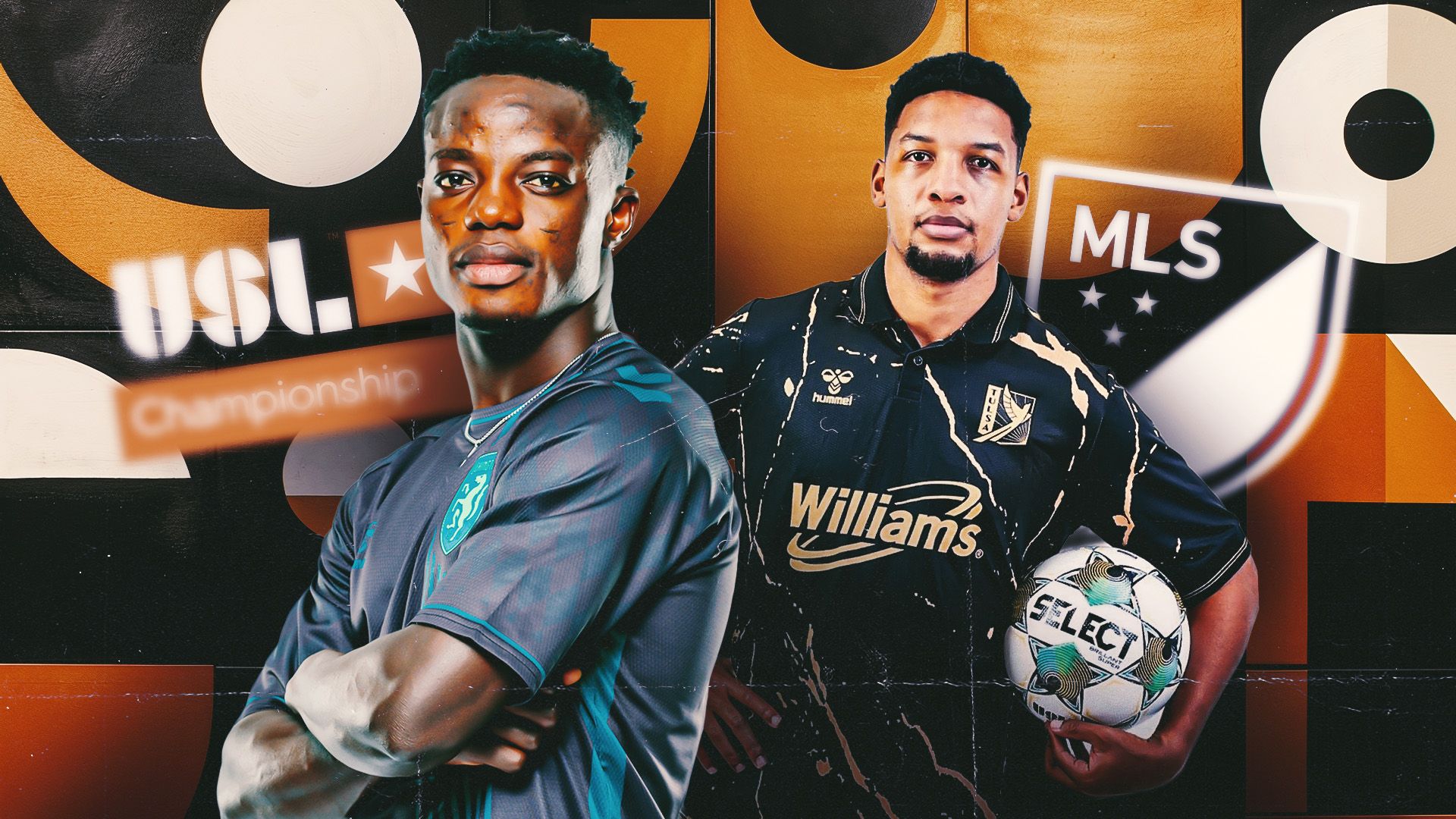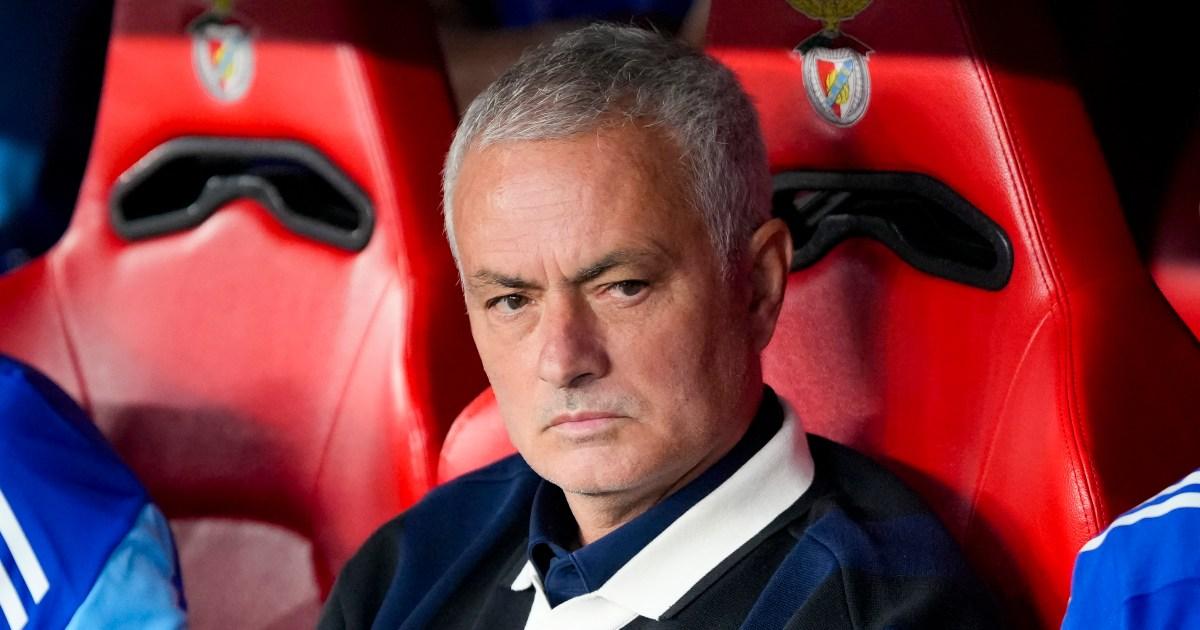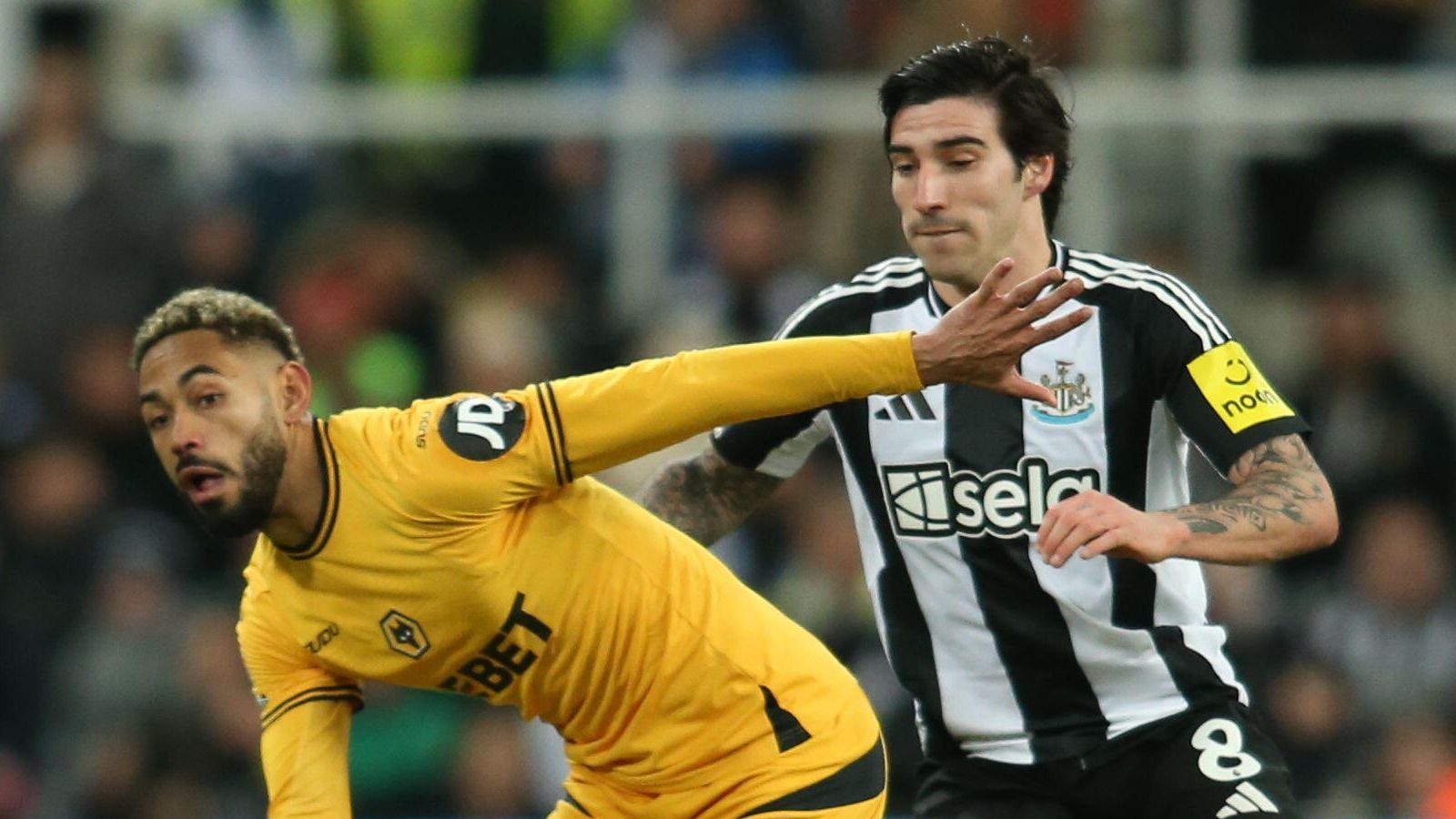More robust scouting networks and sophisticated talent identification has allowed USL to grow exponentially
Lexington SC had been tracking Michael Adedokun for months. But there was no way they could afford him. Adedokun was elite, a top talent in college soccer, a sure-fire MLS player. USL, put frankly, was below him.
But Lexington tried all the same. After months of conversations with agents, Sporting Director Sam Doerr negotiated an agreement: Adedokun would join their club after he graduated from Ohio State – on the understanding that when the right MLS offer came in, he would be able to leave. Everyone knew Adedokun was Lexington bound.
Of course, there were complications. Montreal took a flier on him in the MLS draft. He failed to make their preseason roster after picking up an injury. Lexington negotiated a loan. Last month, they signed him to a long term contract – one of the most lucrative in league history.
That tale is slightly strange in the scope of USL. This is not a league with a predictable transfer market, or fleshed out scouting network – not yet, at least. Deals are opportunistic, based on circumstance and skewed by wealth disparity between clubs. Yet player movement, the kind of thing that can bring about change and jeopardy, is increasingly common. USL is evolving into a top league – the moves are here to prove it.
“And I think there are really good players in USL. I think there are players and USL that should be an MLS, to be quite frank,” Doerr said.



